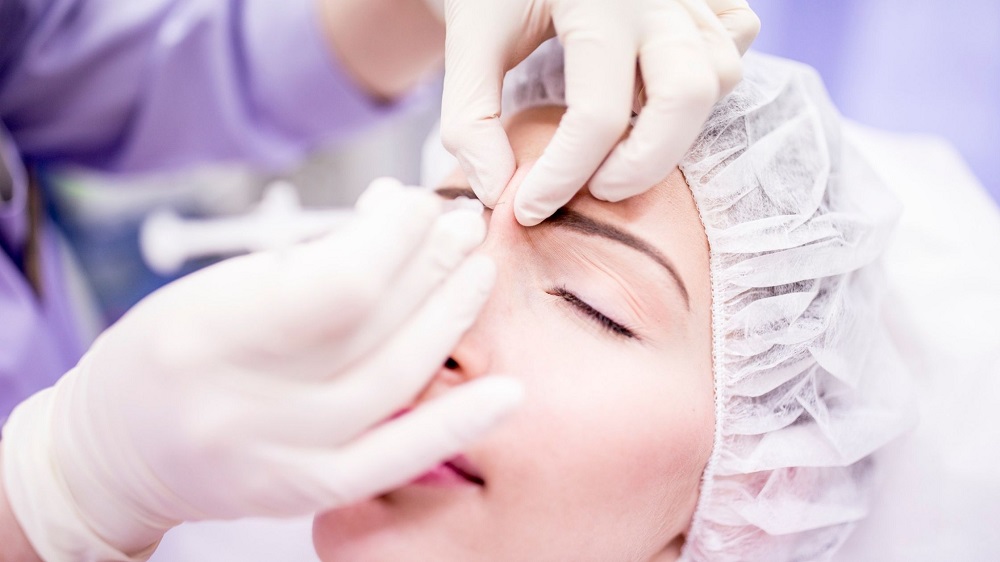Dermal fillers have gained popularity as a non-surgical cosmetic treatment to rejuvenate and enhance the skin’s appearance. If you’ve wondered about these treatments but are unsure of what they entail, you’re in the right place. This article will guide you through everything you need to know about dermal fillers, using simple language and avoiding complex jargon.
What Are Dermal Fillers?
Imagine dermal fillers as tiny cushions that are injected into your skin to plump it up and smooth out wrinkles. They’re like a quick fix for those pesky lines and volume loss. Essentially, they’re gels made from substances that are biocompatible with your body, meaning your skin accepts them without trouble.
The Science Behind Dermal Fillers
At a basic level, dermal fillers work by replenishing lost volume in the skin. As we age, our skin loses collagen and elastin two proteins that keep it firm and elastic. Dermal fillers step in to fill the gaps left by this loss, much like how a patch can cover a hole in a wall. They restore volume, smooth wrinkles, and can even enhance facial contours.
Types of Dermal Fillers
There are several types of dermal fillers, each designed for different purposes. Here are the most common ones:
- Hyaluronic Acid Fillers: Hyaluronic acid is a naturally occurring substance in our skin that helps retain moisture. Fillers made from this substance are popular for their natural look and feel.
- Calcium Hydroxylapatite Fillers: This type is used for deeper lines and can also stimulate collagen production.
- Poly-L-Lactic Acid Fillers: These are often used for volume loss and stimulate your body’s own collagen production.
- Polyalkylimide Fillers: These are semi-permanent and used for deeper wrinkles and facial contouring.
How Dermal Fillers Work
When you get a dermal filler injection, the filler is placed just under the skin’s surface. This added volume smooths out wrinkles and restores lost volume. Think of it like inflating a deflated balloon once the balloon is filled, it regains its shape and firmness.
Common Uses for Dermal Fillers
Dermal fillers are versatile and can be used for various cosmetic improvements:
- Smile Lines: These are the lines that run from your nose to the corners of your mouth.
- Cheek Augmentation: Adds volume to the cheeks for a fuller look.
- Lip Enhancement: Adds volume and shape to the lips.
- Under-Eye Hollows: Smooths out the area under the eyes.

Benefits of Dermal Fillers
The appeal of dermal fillers lies in their ability to offer immediate results with minimal downtime. Some benefits include:
- Instant Results: You’ll see changes immediately after the procedure.
- Non-Surgical: No need for cuts or stitches.
- Minimal Downtime: Most people can return to their daily activities right away.
Potential Risks and Side Effects
While dermal fillers are generally safe, there are potential risks:
- Bruising and Swelling: Common in the initial days post-procedure.
- Infection: Though rare, it’s a possibility with any injection.
- Allergic Reactions: Some people might react to the filler material.
Choosing the Right Dermal Filler
Choosing the right filler depends on your goals and the area you want to treat. Consulting with a qualified specialist is crucial. They can recommend the best type of filler for your needs and skin type.
The Procedure: What to Expect
Getting dermal fillers is relatively straightforward. During your appointment:
- Consultation: Discuss your goals and options with your specialist.
- Preparation: The area is cleaned, and a numbing cream may be applied.
- Injection: The filler is injected into the targeted areas.
- Post-Procedure: You might experience some swelling and redness, but this typically subsides within a few days.
Aftercare for Dermal Fillers
Proper aftercare is essential for the best results:
- Avoid Massaging the Treated Area: This can help avoid shifting the filler.
- Stay Hydrated: Drink plenty of water to keep your skin hydrated.
- Avoid Excessive Heat: Stay away from saunas and hot tubs for a few days.
Enhancing Facial Contours
Dermal fillers can be strategically injected to sculpt and define facial contours, such as the jawline, chin, and lips. Whether you desire more defined cheekbones or fuller lips fillers offer a customizable solution to enhance your natural features.
FAQs
- What are dermal fillers made of?
Dermal fillers are commonly made from substances like hyaluronic acid, calcium hydroxylapatite, and poly-L-lactic acid.
- How long does it take to see results from dermal fillers?
Results are typically visible immediately after the procedure, though there might be some initial swelling.
- Are dermal fillers painful?
Most people experience minimal discomfort during the procedure, especially with the use of numbing cream.
- How often will I need to get dermal fillers?
The frequency of touch-ups depends on the type of filler used and individual factors, but generally every 6 to 18 months.
- Can dermal fillers be reversed if I don’t like the results?
In some cases, fillers can be dissolved using an enzyme called hyaluronidase, particularly for hyaluronic acid-based fillers.
Conclusion
Dermal fillers offer a convenient and effective way to enhance your appearance without resorting to more invasive procedures. By understanding what they are and how they work, you can make an informed decision about whether they’re right for you. If you’re considering dermal fillers, consult with a qualified specialist to ensure you get the best results tailored to your needs.

